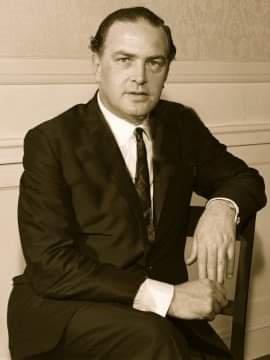(1) Dedication(s) expressed or implied by landowners
The High court (before Mr Justice O’Leary); judgment delivered June 19th, 2006.
Peter Colleen (plaintiff/appellant) v Yanny Peters, Niall Lenoach, North Wicklow Times Ltd and the AG (defendant/respondents)
To establish a public right of way what has to be proved is an intent on the part of the owner to dedicate his land to the public, an actual dedication, and the acceptance by the public of the dedication. Traditionally, a public right-of-way had to commence at a public place and/or terminate at another public place. Termination at another public place no longer applies where the claim is based on presumed dedication where the destination is a place of natural beauty requiring access.
In the case of Connell v Porter, unreported, December 18th, 1972, O’Dalaigh P stated the law as follows:
“Where there is no direct evidence as to the intention of the owner, an animus dedicandi may be presumed either from the fact of the public user without interruption or from the fact that the way has been maintained and repaired by the local authority.”
(2) Acceptance by the public
(3) In perpetuity
(4) For all time
(5) Irrevocable
(6) Mapped on a definitive map, Ordnance Survey Ireland Map
(7) Since time immemorial
(8) Beyond living memory
(9) Linear route
(10) User as of right
Refers to the use or enjoyment of a property without force, secrecy, or the oral or written consent of the servient owner. The term is used to describe a situation in which someone can do something by himself or herself or without having to obtain permission from anyone else, as long as certain legal requirements are satisfied.
(11) Incorporeality of public rights of way. (Not composed of matter; having no material existence)
(12) Public rights of way are not a thing but a right, the right of the public to pass and repass over land, enforceable in law. Dedication does no more than confer a right of passage and does not affect the rights of the landowner. The landowner owns the fee simple and the public have no legal interest in the land itself but they do have a right to pass and repass along the route.
(13) The lands along the route are subject to the public right of way by 1 and 2.
(14) Even if it is not maintained by the public road authority, a public right of way is in law a highway. It confers the unrestricted right of the general public to pass and repass at all times of the day or night, and at all seasons without notice to, or permission from, the landowner over whose land the way runs.(Lissadell Estate Case)

 Users Today : 4
Users Today : 4 Users Yesterday : 2
Users Yesterday : 2 Users Last 7 days : 31
Users Last 7 days : 31 Users Last 30 days : 208
Users Last 30 days : 208 Users This Month : 150
Users This Month : 150 Users This Year : 2643
Users This Year : 2643 Total Users : 5130
Total Users : 5130 Views Today : 14
Views Today : 14 Views Yesterday : 6
Views Yesterday : 6 Views Last 7 days : 131
Views Last 7 days : 131 Views Last 30 days : 888
Views Last 30 days : 888 Views This Month : 548
Views This Month : 548 Views This Year : 8614
Views This Year : 8614 Total views : 14864
Total views : 14864 Who's Online : 0
Who's Online : 0